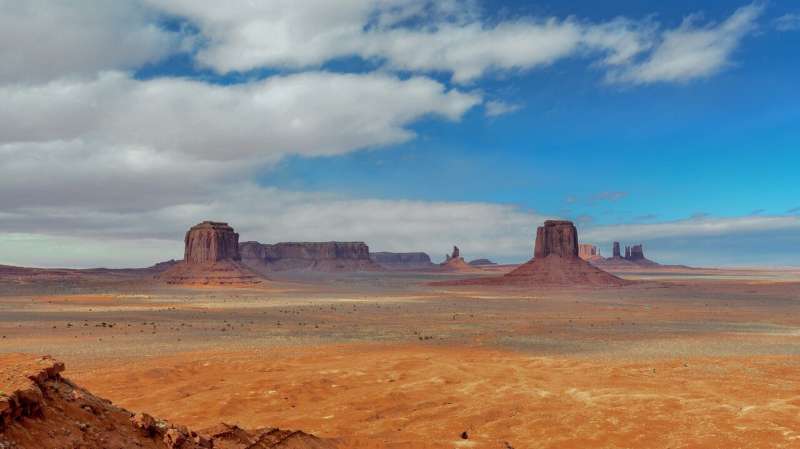Credit: Pixabay/CC0 Public Domain
Do the societal benefits of national monuments on US public lands outweigh the opportunity cost of forgone development and resource extraction? The answer is "yes," according to a new study by Resources for the Future researcher Margaret Walls.
Walls's new peer-reviewed study, published recently in Review of Environmental Economics and Policy, explains the motivation for the Antiquities Act, which is used to create national monuments; describes the myriad controversies surrounding national monument designations; and reviews the literature on societal benefits, costs, and economic impacts of monuments and other similarly protected lands.
Walls finds that the national monuments designated thus far have generated benefits in excess of costs and have not hurt local economies—in fact, in some cases, monument designations have increased the number of businesses and jobs in nearby communities. She also offers an explanation for why, in light of these findings, monuments continue to generate controversy, concluding that weak economic growth in rural areas over the last two decades is often wrongly laid at the feet of public lands policies, including the designation of monuments.
"National monuments protect important historic and cultural resources, while also providing some spectacular outdoor recreational opportunities," says Walls. "According to my research, these benefits have outweighed any costs. Nonetheless, conflicts over how to use our public lands in the U.S. are long-standing and likely to continue in the future."
Walls predicts that the Antiquities Act—which states that the US president may unilaterally create monuments—will continue to be put to the test. The act states that monuments "shall be confined to the smallest area compatible with proper management," a clause which has notably been used in recent years by the Trump administration to reduce the size of two national monuments in Utah (Bears Ears and Grand Staircase-Escalante).
More information: Margaret Walls, Feature—Public Land Conflicts and Controversies: The Designation of National Monuments in the Western United States, Review of Environmental Economics and Policy (2020). DOI: 10.1093/reep/reaa010
Provided by Resources for the Future (RFF)























